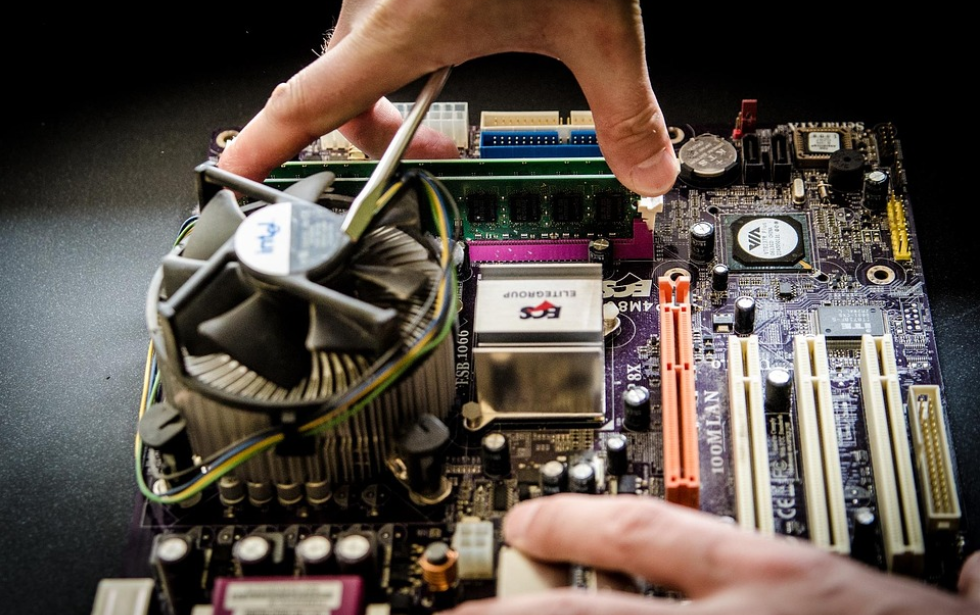LED vs. Traditional Lighting in Reef Aquariums: Comparing Efficiency and Performance

When setting up a reef aquarium, one of the critical decisions you’ll face is choosing the right lighting system. LED (Light Emitting Diode) lighting has gained popularity in recent years, offering efficiency and versatility. However, traditional lighting options like fluorescent and metal halide fixtures still have their place in the hobby. In this article, we’ll take a look at the comparison between traditional and the best led lighting for reef tanks, exploring their efficiency, performance, and suitability for different setups.
Energy Efficiency
According to www.energy.gov, LED lighting is known for its energy efficiency, consuming less power compared to traditional lighting options. LEDs produce light more efficiently, converting a higher percentage of energy into visible light while minimizing heat output. This efficiency not only reduces electricity costs but also contributes to maintaining stable water temperatures in your reef aquarium.
Spectrum and Customization
LED fixtures offer a wide range of customizable spectrums, allowing hobbyists to fine-tune the light output to suit their corals’ specific needs. You can adjust the intensity and color temperature of LEDs, mimicking natural sunlight conditions and promoting optimal coral growth and coloration. Traditional lighting options may offer limited spectrum customization, making them less versatile for creating ideal lighting environments.
Longevity and Durability
LED fixtures typically have a longer lifespan compared to traditional lighting sources like fluorescent tubes or metal halide bulbs. LEDs can last for tens of thousands of hours of continuous use, reducing the frequency of bulb replacements and maintenance costs. Additionally, LEDs are more durable and resistant to water damage, making them suitable for the humid and corrosive environment of a reef aquarium.

Heat Output
One of the drawbacks of traditional lighting options like metal halide fixtures is their significant heat output. While metal halides provide intense light suitable for deep aquariums, they can also raise water temperatures, requiring additional cooling equipment. LED lighting, on the other hand, emits minimal heat, reducing the risk of overheating and providing a more comfortable environment for your corals and fish.
Cost Considerations
While LED fixtures may have a higher upfront cost compared to some traditional lighting options, their energy efficiency and longevity can lead to cost savings over time. LED lighting consumes less electricity and requires fewer bulb replacements, offsetting the initial investment. Traditional lighting may have lower initial costs but can be more expensive to operate and maintain in the long run.
Performance and Coral Health
When used appropriately, both LED and traditional lighting can support healthy coral growth and coloration. LED fixtures excel in providing customizable spectrums that cater to different coral species’ light requirements. They also offer uniform light distribution and coverage, reducing shadowing and hotspots in the aquarium. Traditional lighting options may require additional accessories like reflectors or ballasts to achieve optimal performance.
LED lighting offers several advantages over traditional lighting options in reef aquariums, including energy efficiency, customizable spectrums, longevity, and reduced heat output. However, traditional lighting options like fluorescent and metal halide fixtures still have their merits, especially for specific applications and preferences. …


 The fundamental service provided by all VPNs is the establishment of encrypted connections. This encryption layer ensures that the data transmitted between your device and the VPN server remains secure and private. By encrypting your internet traffic, the best vpn shields your sensitive information from potential eavesdroppers, whether they be hackers on public Wi-Fi networks or ISPs monitoring your online activities.
The fundamental service provided by all VPNs is the establishment of encrypted connections. This encryption layer ensures that the data transmitted between your device and the VPN server remains secure and private. By encrypting your internet traffic, the best vpn shields your sensitive information from potential eavesdroppers, whether they be hackers on public Wi-Fi networks or ISPs monitoring your online activities.




 In today’s digital age, security breaches and data leaks have become a major concern for businesses of all sizes. By hiring an IT service provider, you can significantly improve the security measures to protect your sensitive information. These experts are well-versed in the latest cybersecurity practices and will implement robust strategies to safeguard your data from potential threats. Moreover, an IT service provider ensures that your systems and networks are reliable, minimizing downtime and disruptions to your business operations. They will proactively monitor your infrastructure, identify any vulnerabilities or issues, and promptly address them before they become major problems. With their specialized knowledge and experience, IT service providers stay updated with the latest industry trends and advancements.
In today’s digital age, security breaches and data leaks have become a major concern for businesses of all sizes. By hiring an IT service provider, you can significantly improve the security measures to protect your sensitive information. These experts are well-versed in the latest cybersecurity practices and will implement robust strategies to safeguard your data from potential threats. Moreover, an IT service provider ensures that your systems and networks are reliable, minimizing downtime and disruptions to your business operations. They will proactively monitor your infrastructure, identify any vulnerabilities or issues, and promptly address them before they become major problems. With their specialized knowledge and experience, IT service providers stay updated with the latest industry trends and advancements. The key advantage of hiring an IT service provider is the potential for significant cost savings. By outsourcing your IT needs to a specialized team, you can eliminate the need to hire and train in-house staff, which can be costly and time-consuming. Maintaining an internal IT department also requires ongoing investments in hardware, software licenses, and infrastructure. With an IT service provider, you pay a predictable monthly fee based on your specific requirements. This allows for better budgeting and eliminates unexpected costs arising from equipment failures or system breakdowns. Furthermore, by leveraging their expertise and experience in managing IT systems efficiently, service providers can help optimize your technology expenses.
The key advantage of hiring an IT service provider is the potential for significant cost savings. By outsourcing your IT needs to a specialized team, you can eliminate the need to hire and train in-house staff, which can be costly and time-consuming. Maintaining an internal IT department also requires ongoing investments in hardware, software licenses, and infrastructure. With an IT service provider, you pay a predictable monthly fee based on your specific requirements. This allows for better budgeting and eliminates unexpected costs arising from equipment failures or system breakdowns. Furthermore, by leveraging their expertise and experience in managing IT systems efficiently, service providers can help optimize your technology expenses.

